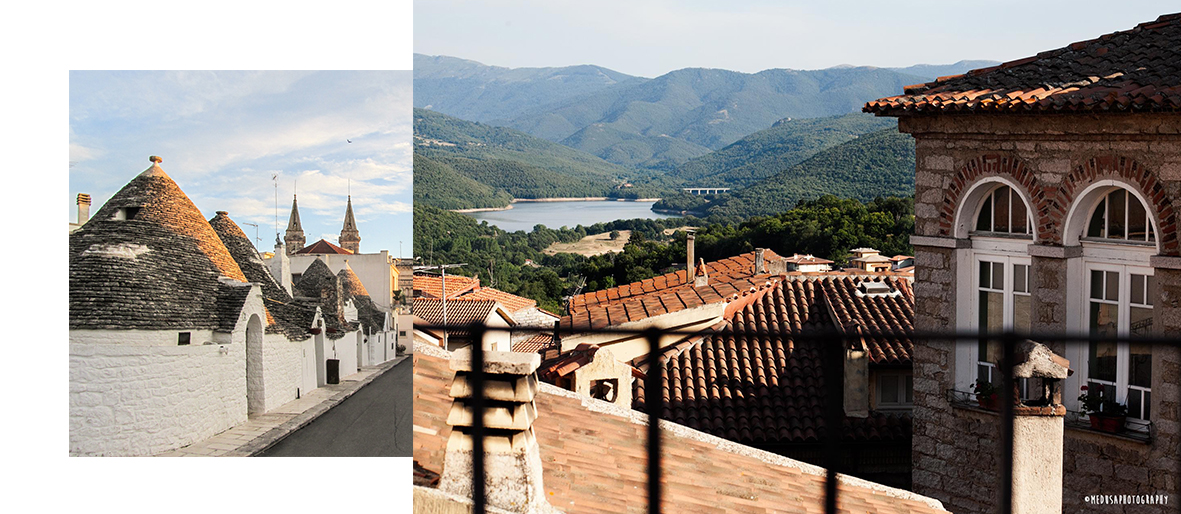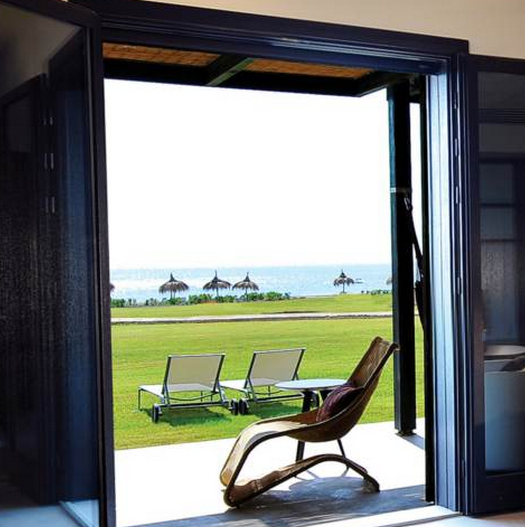From the heel of Italy's famous boot to one of the most magical Christmas markets in Europe, Ilenia Cocco of ENIT Italian Tourist Board takes us on a road of new discovery...
Puglia
Driving through the winding country roads of Puglia, it is hard to miss the muretti a secco (dry-stone walls) that skirt the outer edges of the sun-drenched fields. They stand like sentinels of ancient land. So treasured by the Pugliese, they were last year declared a World Heritage Site by Unesco. Beyond their characteristic beauty, the walls play a vital role in preventing landslides, fighting erosion and improving the biodiversity and microclimatic conditions for agriculture.
Sardinia
Swap Sardinia’s ‘Emerald Coast’ for its soul: the Barbagia region. Here you will discover a traditional community which comes alive every weekend from mid-September to mid-December. With cultural artisan traditions, cuisine and local homes opened to all, visitors can enjoy an authentic experience like no other. And there’s no need to rush. Step aboard the Green Train, dubbed ‘The Most Beautiful Railway in the World’, to journey from village to village. As Europe’s longest tourist rail network – reaching 438km – it is an unforgettable way to see the most genuine parts of Sardinia.
Sicily
The Capuchin Catacombs of Palermo is one of the impressive places to visit in the world. This macabre site has fascinated visitors from across the globe, including Alexandre Dumas and Mario Praz. It is here that 8,000 bodies were mummified by the Capuchins and were kept by noblemen, bourgeoisie and representatives of the clergy from the 16th until the late 19th century. After a visit here, make sure to head towards the old town and the ancient markets of Palermo: Vucciria, Ballarò, Capo and Borgo Vecchio. The cuisine served here is often listed within the top 5 places for street food in the world.
Naples
Naples is a serious contender for being host to one of the most magical Christmas markets in Europe. The enchanting Neapolitan nativity scene (presepe) has more significance than the Christmas tree, which wasn’t put up in Neapolitan homes until the 1950s. At the National Museum of San Martino, you can see the remarkable Presepe Cuciniello (Cuciniello’s crib), which is among the finest nativity scenes in the world. It consists of more than 150 people, animals, angels, and around 450 miniature items. And of course, you can enjoy the best of Neapolitan Christmas food, including baccalà and struffoli.
Slow Movement
Did you know? The ‘Slow Food Movement’, that is, the exact opposite of fast food, was created in Italy in 1986 to protect and safeguard the unique aspect of Italian culture and heritage, particularly against the urgencies of modern life. Slow Food supports a model of ecologically-sustainable agriculture; it is employed in the safeguarding of biodiversity and of citizens’ rights to alimentary sovereignty, in fighting against the standardisation of taste and culinary know-how, and against mass-production agriculture and genetic manipulation. What can I say? The Italian way is indeed, one of the best…!







